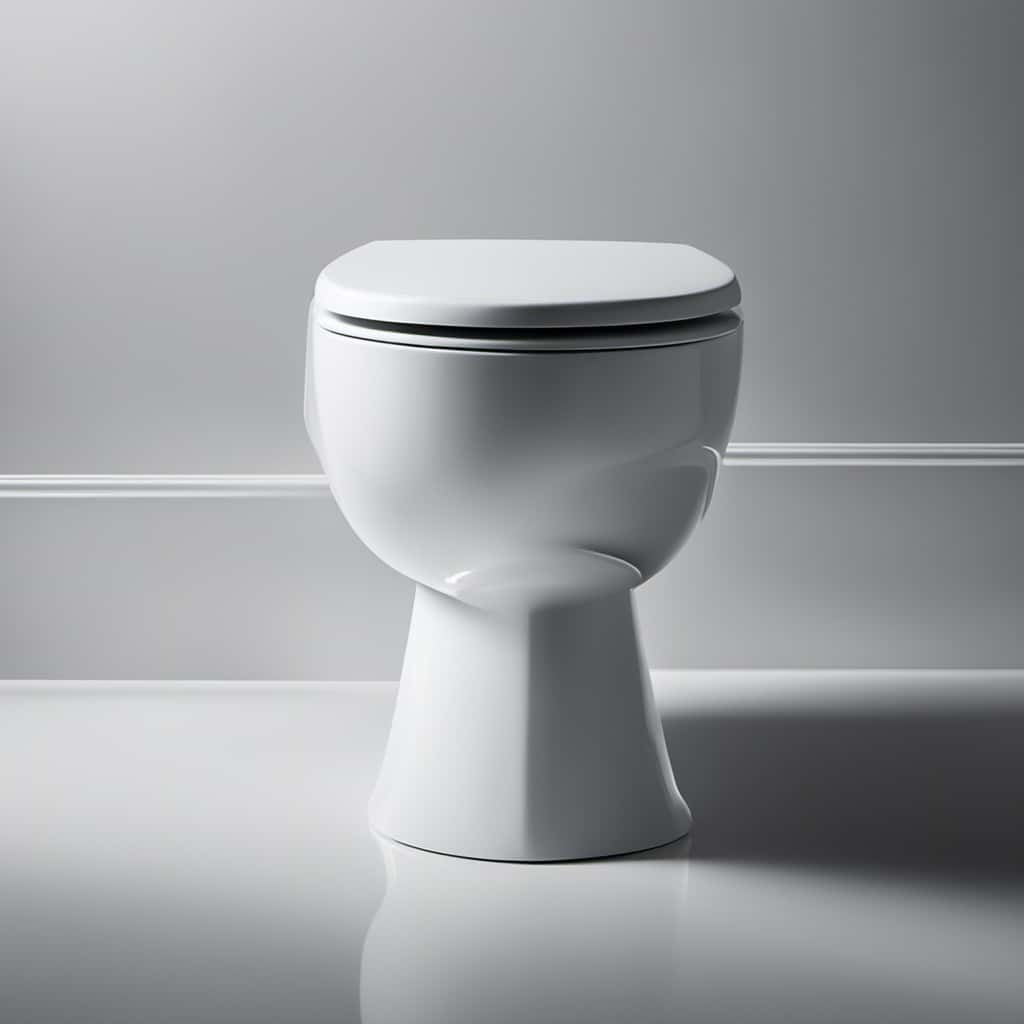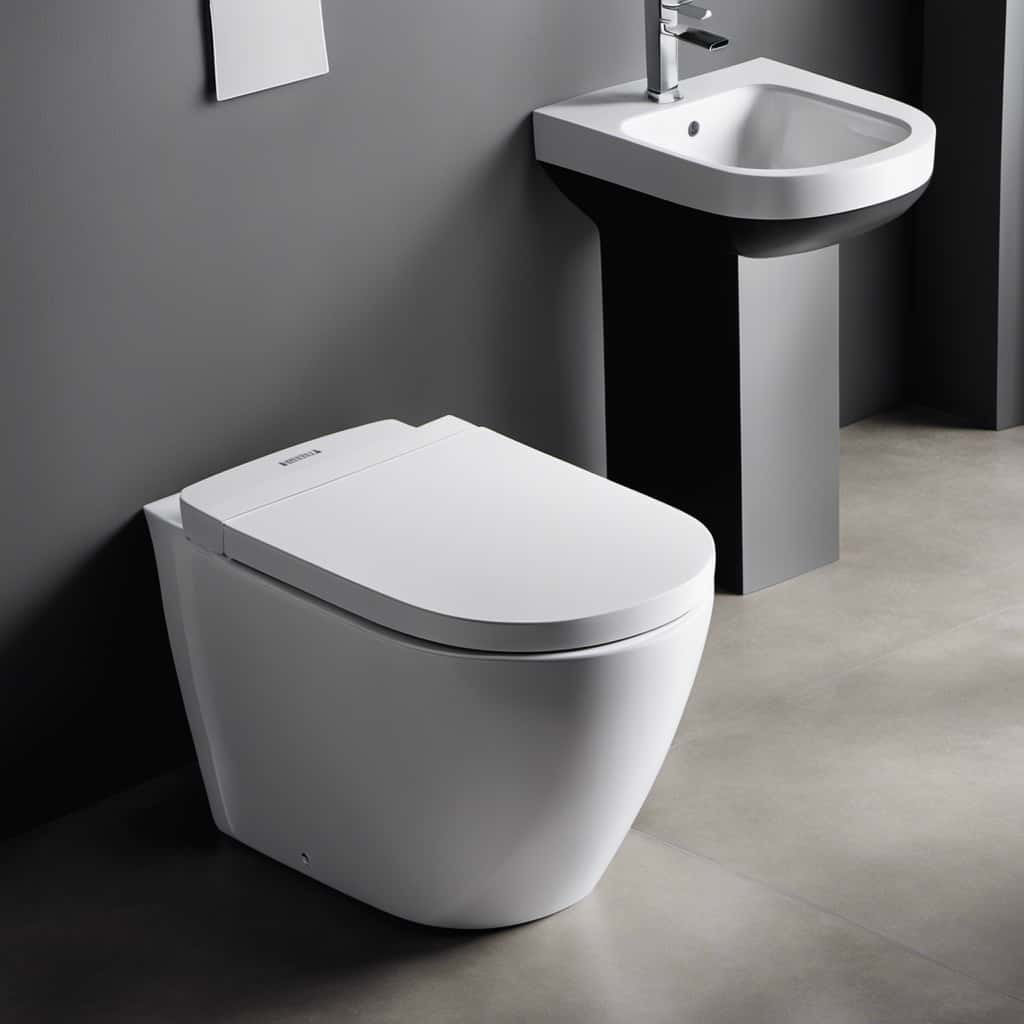We, the experts in plumbing, present a precise portrayal of the perplexing problem of leaking dual flush toilets.
Why do these innovative fixtures falter in their functionality? The fault lies in faulty flapper valves, incorrect water level adjustments, cracked or damaged flush valve seals, loose or worn out bolts, and faulty fill valve assemblies.
Join us as we delve into the technical intricacies and shed light on the remedies to master this enigma of dual flush toilet leakage.
Key Takeaways
- Flapper valve issues, such as wear or damage, can cause leaks in dual flush toilets.
- Faulty fill valves can also lead to leaks in dual flush toilets, and regular inspection and cleaning are necessary to ensure proper functioning.
- Loose or worn out tank bolts can contribute to water leakage in dual flush toilets, and regular inspection and tightening is important.
- Problems with the overflow tube, such as improper adjustment or damage, can also result in leaks in dual flush toilets.
Faulty Flapper Valve
We often experience leaks in dual flush toilets due to a faulty flapper valve. The flapper valve is responsible for regulating the water flow and sealing the tank after each flush. Over time, the flapper valve can become worn or damaged, leading to leaks.
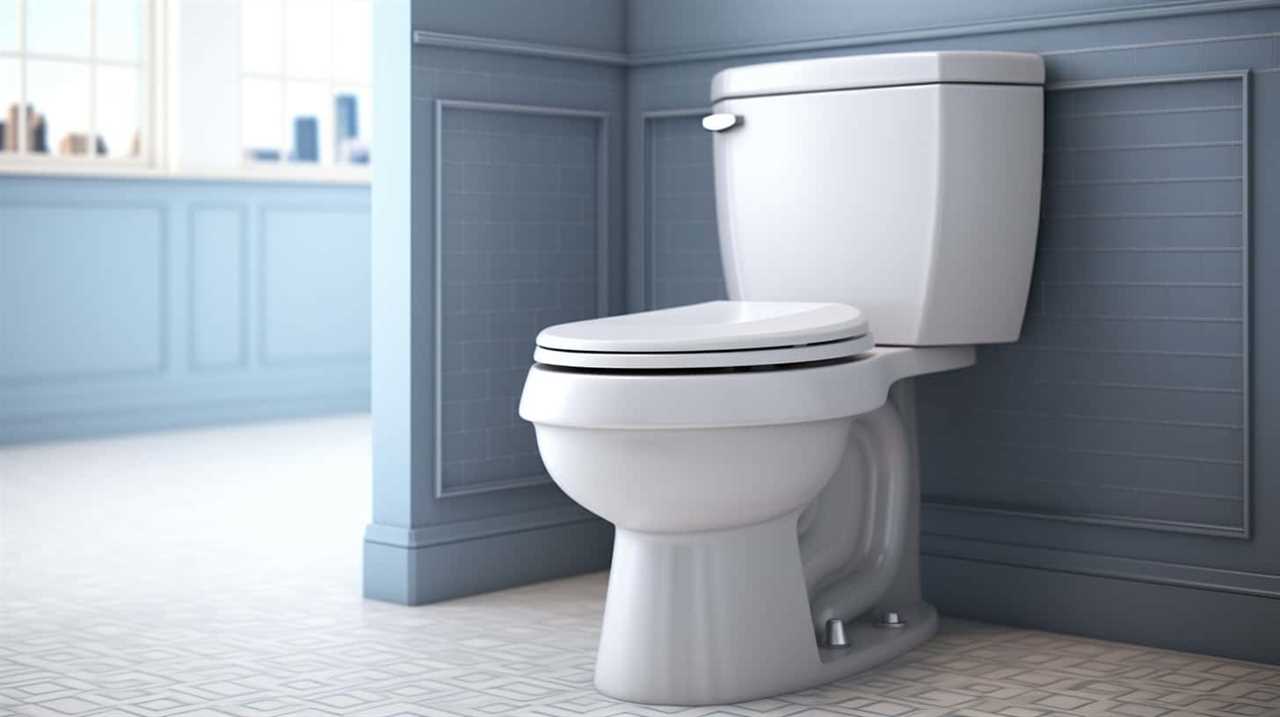
To fix this issue, a flapper valve replacement is necessary. When replacing the flapper valve, it’s important to choose a high-quality, compatible replacement that fits properly.
Additionally, proper maintenance and cleaning are essential to prevent future leaks. Regularly inspect the flapper valve for any signs of wear or damage and clean it to remove any buildup or debris that may affect its performance.
Incorrect Water Level Adjustment
One common reason for leaks in dual flush toilets is when the water level is incorrectly adjusted. This can lead to water pressure issues and inadequate flushing power, resulting in leaks. To help you understand the issue better, here are three important points to consider:
- Improper water level: When the water level is too high, it can cause water to continuously flow into the overflow tube, leading to leaks. Conversely, if the water level is too low, the toilet may not flush effectively, resulting in inadequate flushing power.
- Incorrect float adjustment: The float controls the water level in the toilet tank. If it’s set too high or too low, it can cause leaks. Adjusting the float to the correct position is crucial for preventing leaks.
- Malfunctioning fill valve: A faulty fill valve can contribute to incorrect water level adjustment. If the fill valve fails to shut off the water supply at the correct level, it can lead to leaks.
Understanding these issues will help you diagnose and resolve the problem with the water level adjustment in your dual flush toilet.
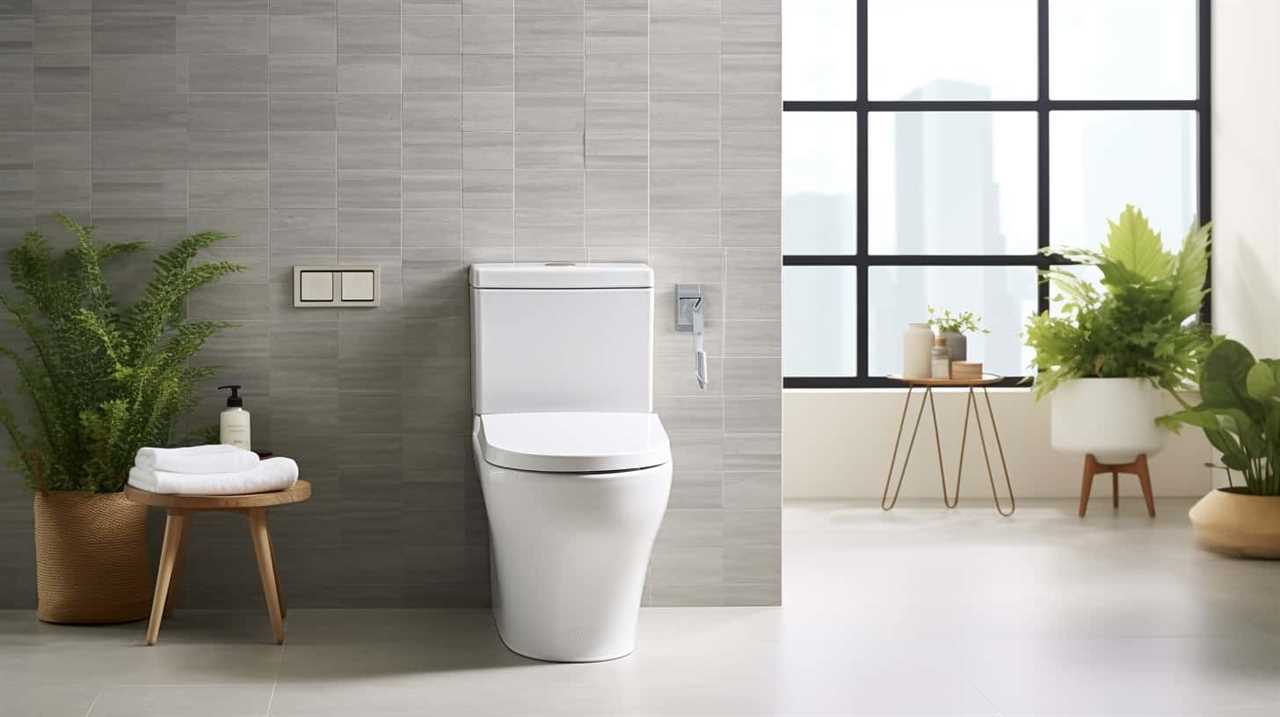
Now let’s move on to the next section, where we’ll discuss the potential issue of a cracked or damaged flush valve seal.
Cracked or Damaged Flush Valve Seal
Now, let’s delve into the issue of a cracked or damaged flush valve seal, which can also contribute to leaks in dual flush toilets. The flush valve seal is a crucial component that ensures a proper seal between the flush valve and the toilet tank. When it becomes cracked or damaged, it fails to create a watertight seal, leading to leaks and water wastage. To address this problem, a flush valve replacement is necessary. Here are some maintenance tips to prevent a cracked or damaged flush valve seal:
| Maintenance Tips |
|---|
| Regularly inspect the flush valve seal for any signs of cracks or damage. |
| Avoid using harsh chemicals or abrasive cleaning tools that can cause wear and tear on the seal. |
| When replacing the flush valve seal, ensure proper installation to ensure a secure and watertight seal. |
Loose or Worn Out Bolts
To address the issue of leaks in dual flush toilets, it’s important to check for any loose or worn out bolts. These bolts play a crucial role in securing the toilet tank to the bowl and creating a watertight seal. If the bolts become loose or worn out over time, water can seep through the gaps and cause leaks.
Here are some factors to consider:
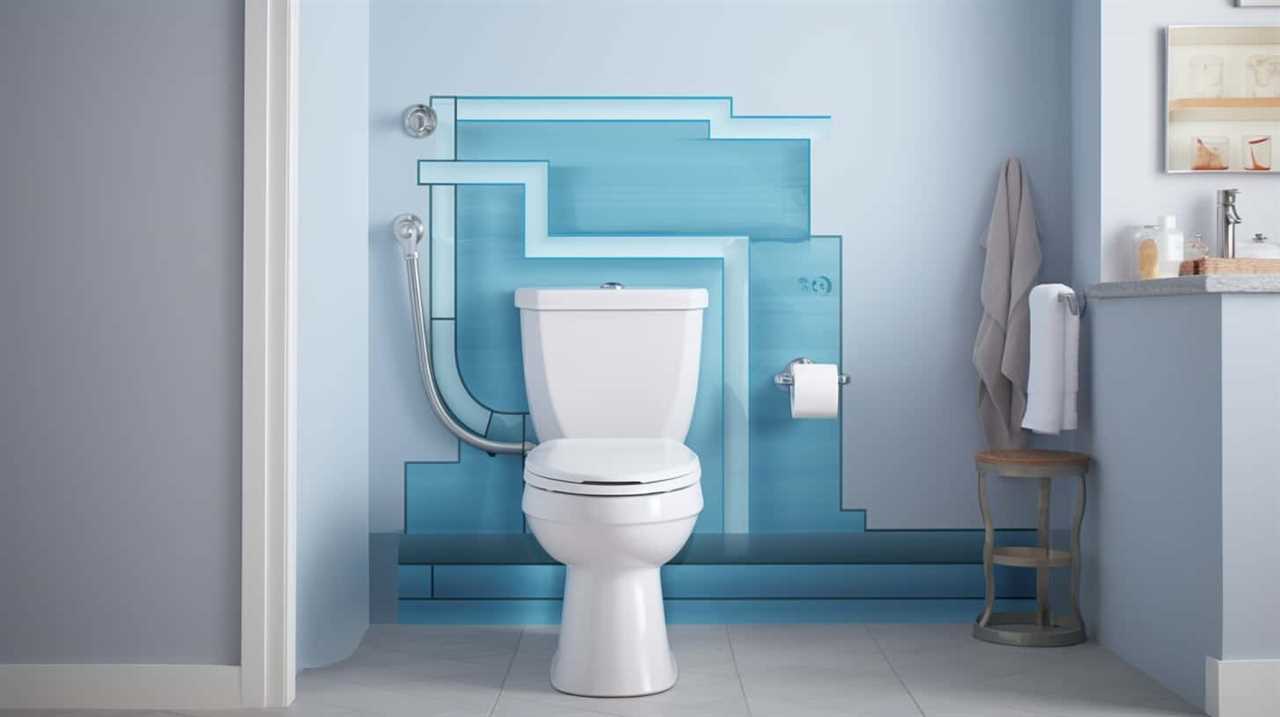
- Rusty bolts: Over time, bolts can become rusty due to exposure to moisture. Rust weakens the bolts and makes them more prone to loosening or breaking.
- Improper installation: If the bolts weren’t installed correctly in the first place, they may gradually loosen over time. This can lead to leaks around the toilet base.
- Aging and wear: Bolts can simply wear out over time due to regular usage. The constant pressure and movement can cause them to loosen or degrade.
Regularly inspecting and tightening bolts, replacing rusty ones, and ensuring proper installation can help prevent leaks caused by loose or worn out bolts.
Faulty Fill Valve Assembly
After addressing the issue of leaks caused by loose or worn out bolts, we can now move on to discussing the faulty fill valve assembly. The fill valve is responsible for regulating the water level in the toilet tank. When the fill valve is not functioning properly, it can lead to leaks and other problems. Here are some common fill valve problems:
| Fill Valve Maintenance | Common Fill Valve Problems |
|---|---|
| Regularly check for any signs of wear or damage to the fill valve assembly. | Fill valve not shutting off completely, causing continuous water flow. |
| Clean the fill valve and flush out any debris or sediment that may be causing blockages. | Fill valve not filling the tank to the correct water level. |
| Replace any faulty components, such as the float or seal, to ensure proper functioning. | Fill valve making strange noises during operation. |
Frequently Asked Questions
How Much Water Does a Dual Flush Toilet Typically Use?
A dual flush toilet typically uses two different amounts of water for flushing, depending on the type of waste being eliminated. This water-saving technology helps to conserve water. Proper maintenance and regular checks can prevent leaks and ensure optimal performance.
Can I Replace the Faulty Flapper Valve Myself or Do I Need to Call a Professional Plumber?
We can replace the faulty flapper valve ourselves or call a professional plumber. It’s important to address this issue promptly to prevent water leakage and ensure the proper functioning of the dual flush toilet.
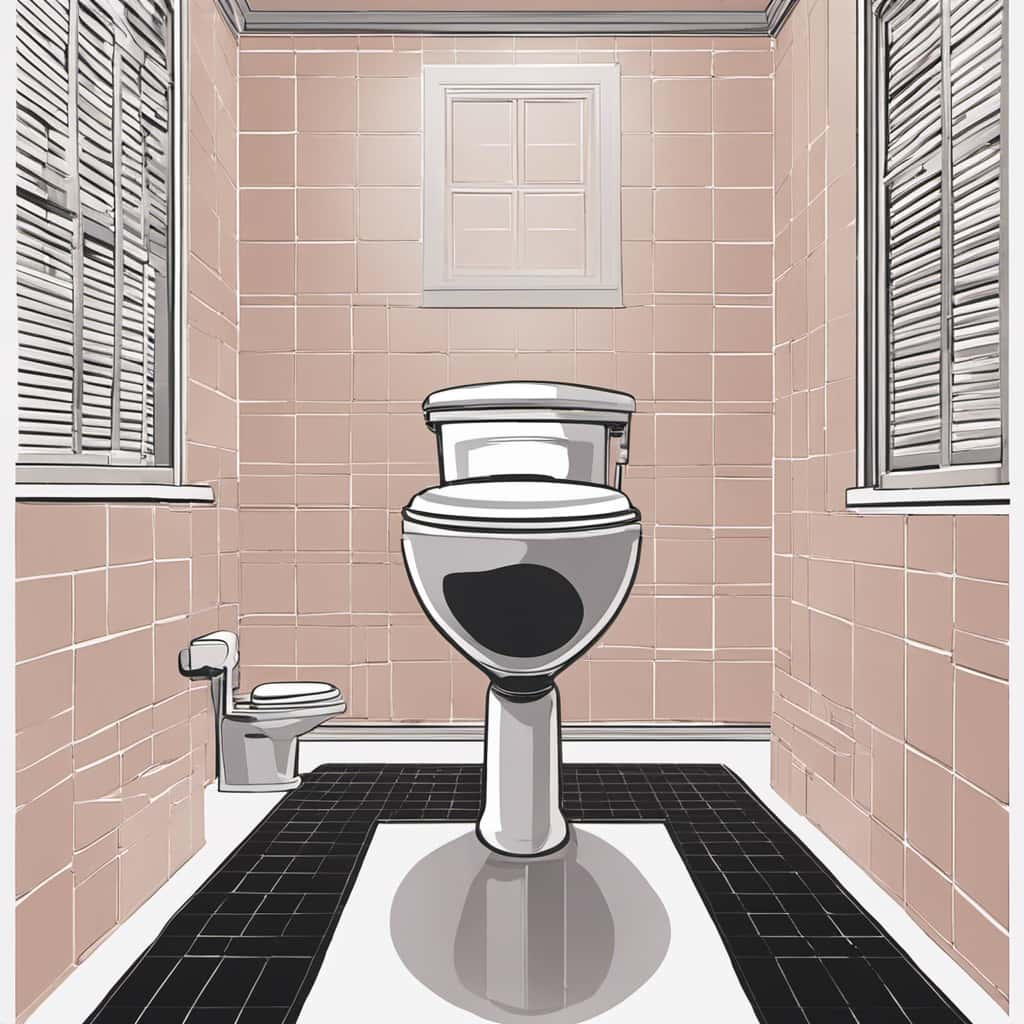
Are There Any Specific Signs to Look Out for That Indicate a Cracked or Damaged Flush Valve Seal?
When looking for signs of a cracked or damaged flush valve seal, we should inspect the toilet for water leaks around the base or a constantly running toilet. These symptoms could indicate a problem with the seal.
What Is the Average Lifespan of the Bolts in a Dual Flush Toilet?
On average, the lifespan of bolts in a dual flush toilet is around 5-10 years. However, common causes of leaks in these toilets can shorten this lifespan. Regular maintenance and replacement can help prevent leaks and ensure optimal performance.
Is It Possible to Fix a Faulty Fill Valve Assembly, or Is a Replacement Necessary?
Yes, it is possible to fix a faulty fill valve assembly in a dual flush toilet. However, if the issue persists or the assembly is beyond repair, finding a replacement is necessary for proper functioning.
Conclusion
In conclusion, it’s evident that dual flush toilets can sometimes experience leakage due to various reasons. Whether it’s a faulty flapper valve, incorrect water level adjustment, cracked flush valve seal, loose bolts, or a faulty fill valve assembly, these issues can lead to unwanted leaks.
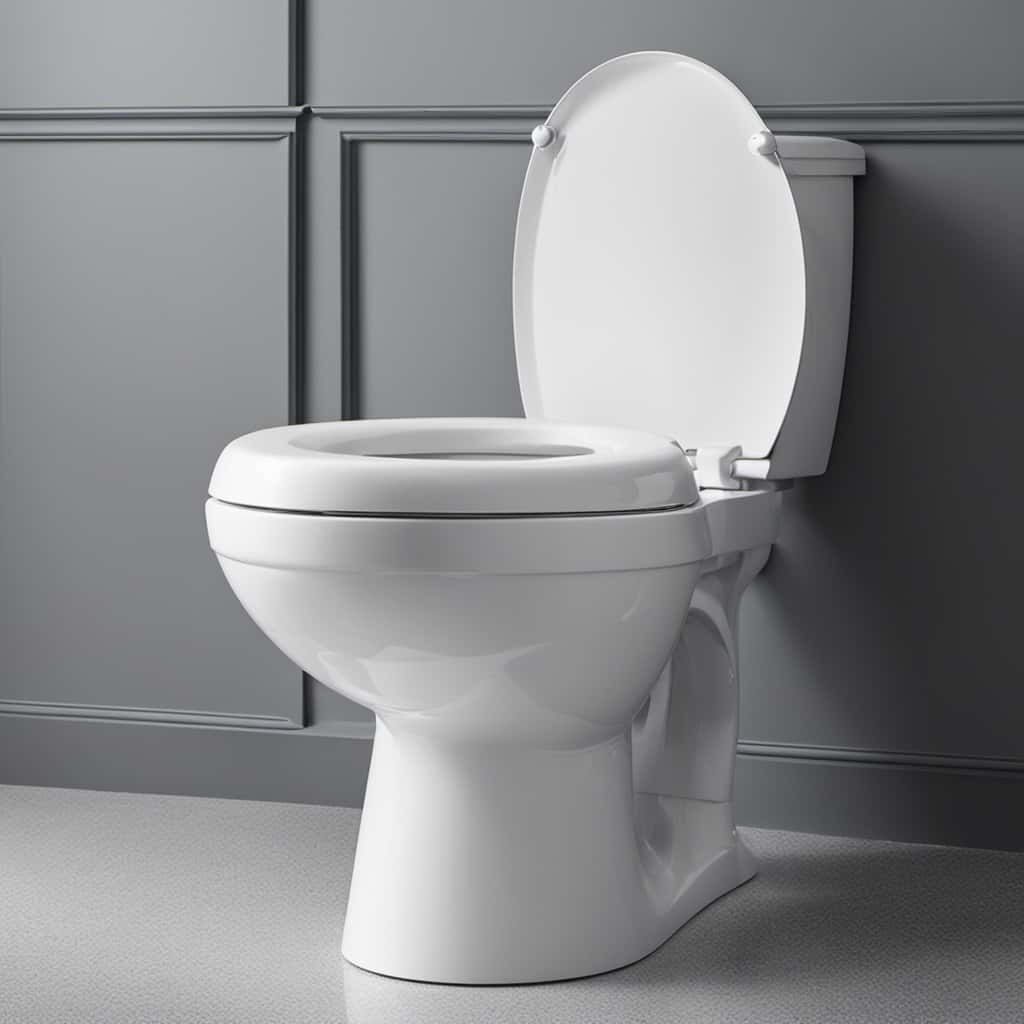
It’s crucial to promptly address any of these problems to ensure the proper functioning and efficiency of your dual flush toilet. Don’t let those leaks turn your bathroom into a mini swimming pool!



